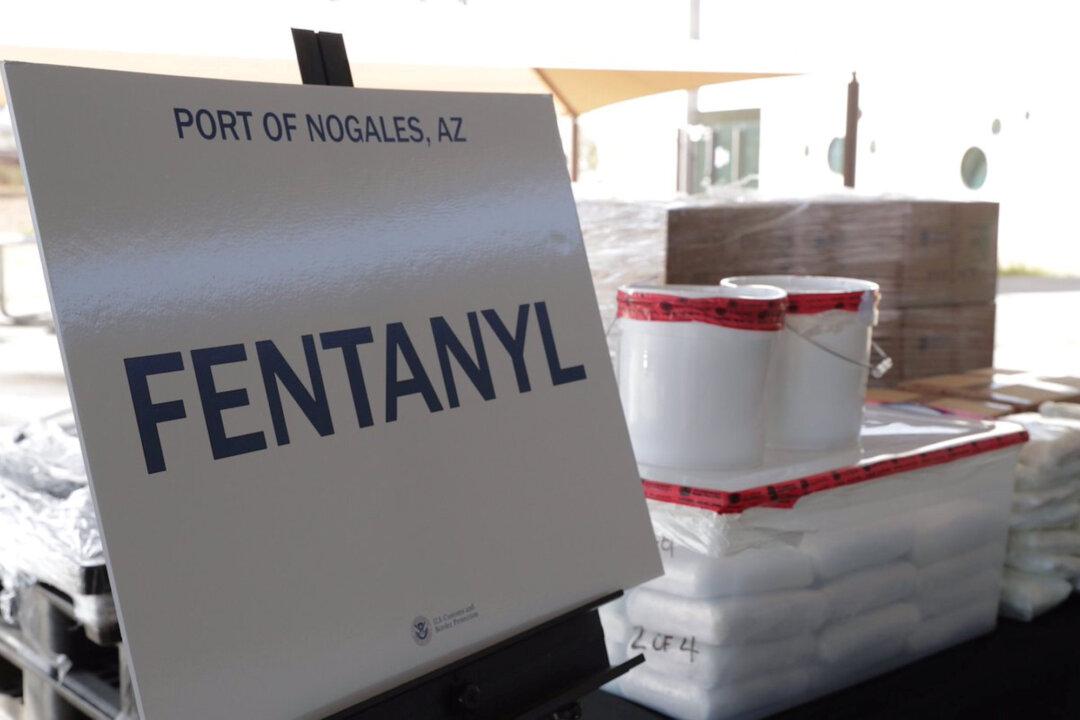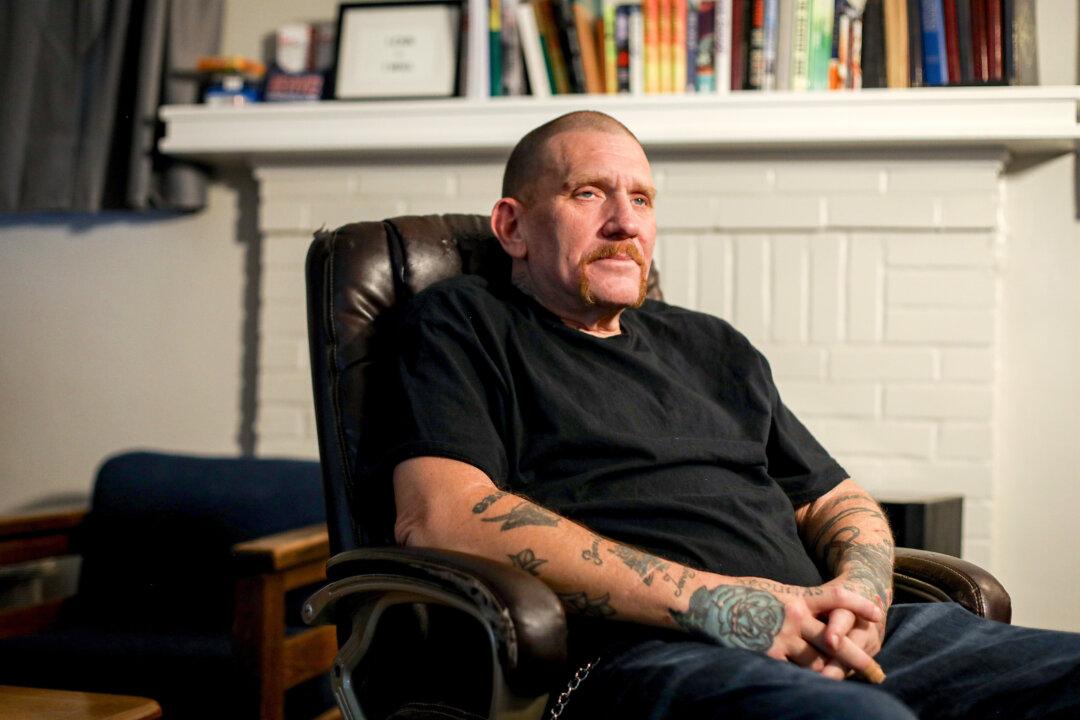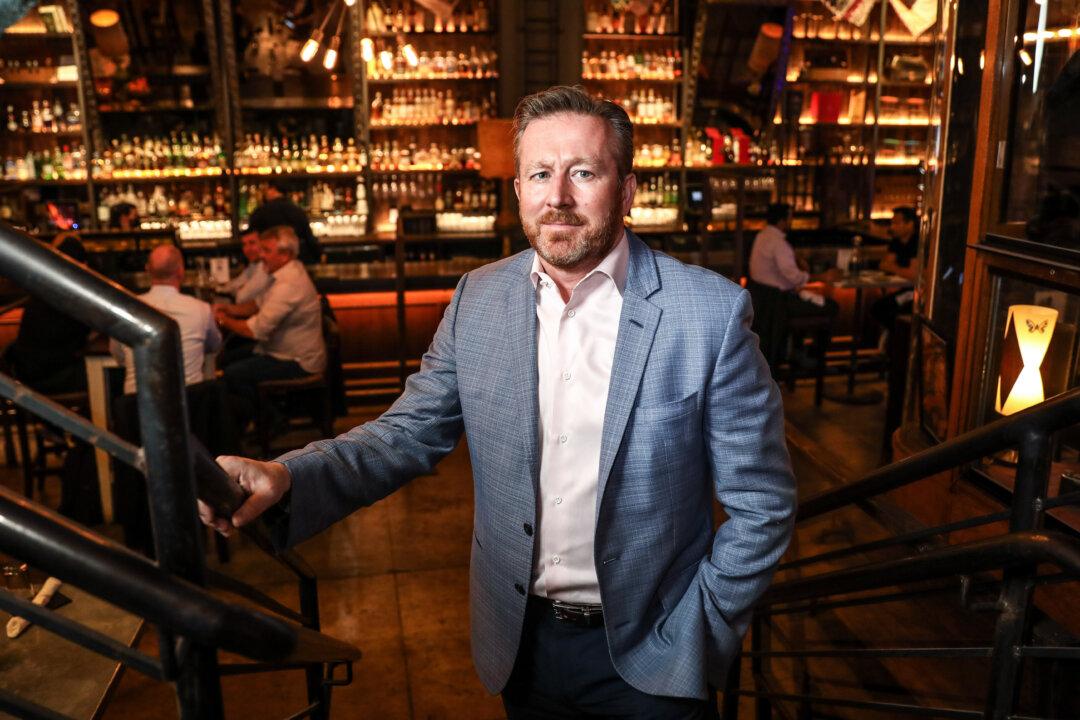Efforts by the United States to curb the influx of the deadly opioid fentanyl culminated in the brief arrest of a son of imprisoned kingpin Joaquin “El Chapo” Guzman last month in the Mexican state of Sinaloa, the home turf of the notorious Sinaloa cartel.
Ovidio Guzman was briefly arrested after the United States requested his extradition, although he was later freed by outnumbered officials who feared a bloody confrontation with cartel henchmen.





